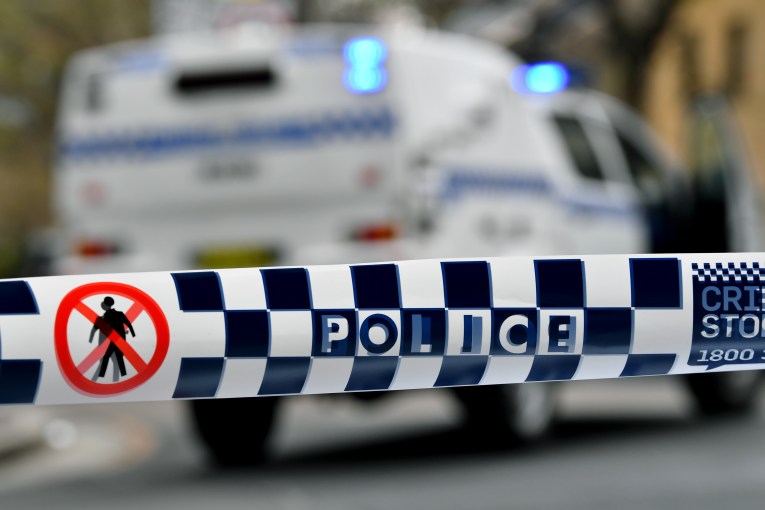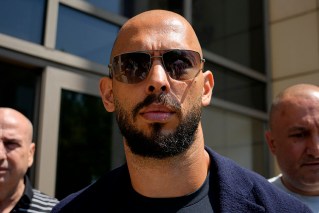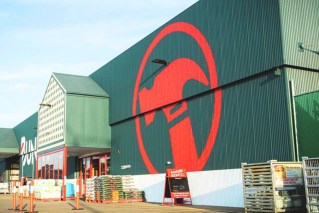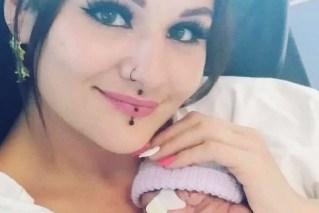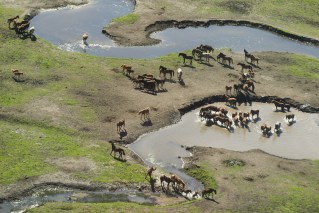Hospitalisations could be double the predictions as research reveals Delta’s true severity

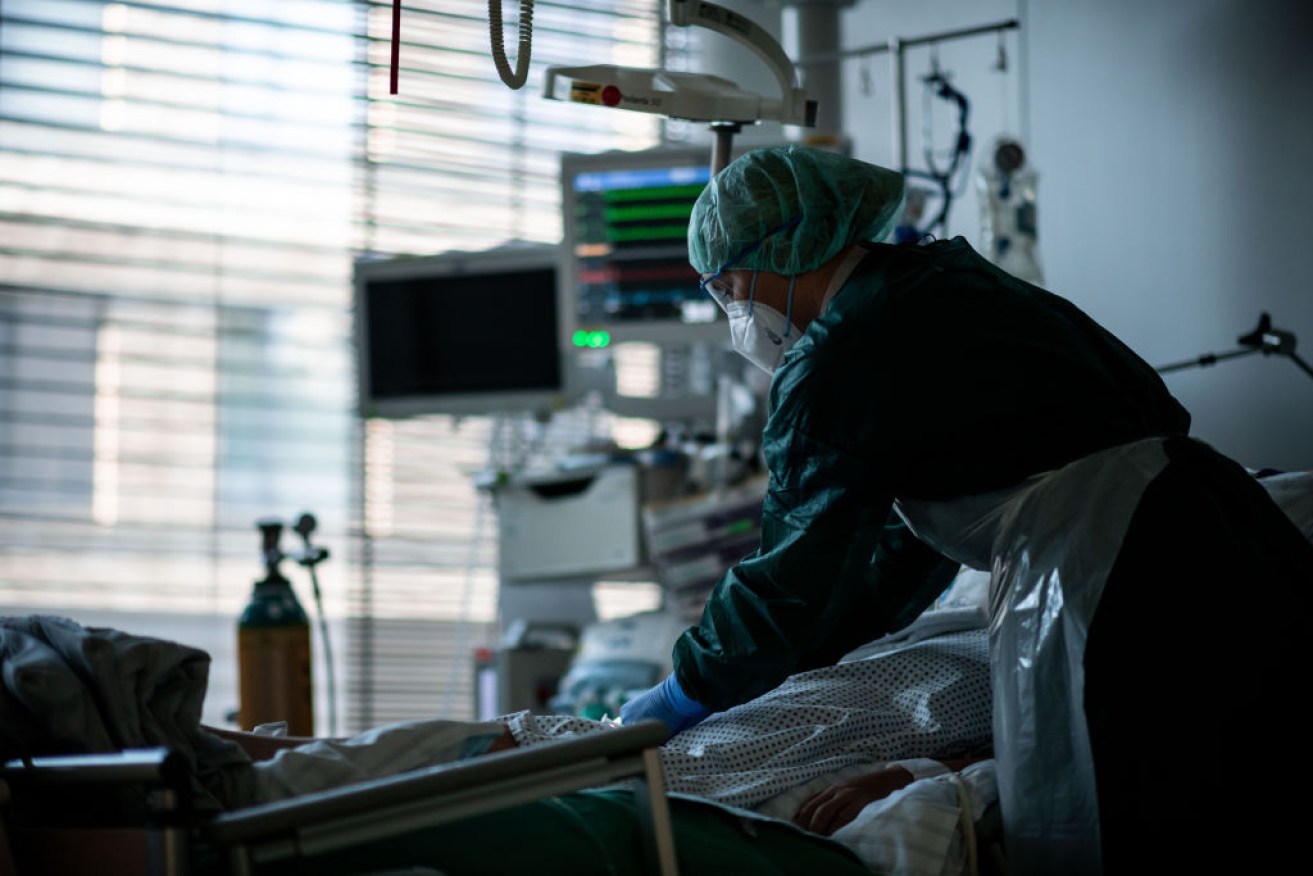
Hospitalisation rates could be double the predictions because of the Delta strain. Photo: Getty Photo: Getty
Hospitalisations in NSW could be more than double what has been predicted because the severity of the Delta strain is about twice that originally assumed, a public health official has warned.
NSW is on track to “effectively cut loose” around October 11 when the state reaches 70 per cent double dose vaccine coverage, the same month in which hospitalisations are expected to peak.
October is also the month states fear their vaccine supplies from the Federal Government will drop which is disputed by Health minister Greg Hunt.
The director of epidemiology at the Doherty Institute has told a NSW parliamentary hearing that modelling relied upon for the reopening targets did not reflect the true severity of Delta strain infections.
Professor Jodie McVernon said the number of unvaccinated people requiring hospitalisation could be more than double what was predicted in the modelling presented to national cabinet in July.
The impacts on vaccinated people are difficult to predict.

Hospitalisation rates could be double the predictions because of the Delta strain. Photo: Getty
Professor McVernon said there could be implications for the NSW government’s modelling predicting the stress on the health system as hospitalisations peak next month.
That modelling — conducted by the Burnet Institute — predicted cases would peak at a seven-day average of about 1500 in September, and more than 550 COVID-positive patients will require an intensive care bed by early November.
It showed hospitalisations across the state — with COVID-19 or otherwise — would likely peak in late October, with about 3400 people admitted in one week.
Premier Gladys Berejiklian at the time said the state’s intensive care surge capacity of 1550 beds will likely hold up.
Professor McVernon said future Doherty modelling would reflect the new international research which has found the health outcomes from the Delta strain are worse than the original Alpha strain.
However she said said the Institute’s modelling would not be significantly impacted, as the overall strategy focused on minimising case numbers.
Once 70 per cent double-dose coverage is reached in NSW, fully vaccinated residents can again visit the homes of others and attend hospitality venues, retail outlets, gyms and sports matches.
Additional freedoms — including international travel — will be restored at 80 per cent double-dose coverage.
Vaccine supply dispute
Meanwhile Health Minister Greg Hunt has downplayed vaccine supply tensions with states after Victoria’s Daniel Andrews claimed states were told to expect a supply drop in October.
Mr Andrews said state health authorities were conserving Pfizer shots, with not enough stock on hand to bring forward the time between doses.
“Supply still remains a limiting factor,” he said.
Mr Andrews said while Pfizer supply may be limited in the future, stocks of AstraZeneca and Moderna vaccines were readily available.
“Don’t queue up for the thing that we don’t have a lot of, go and access the products that are safe, that have got approvals,” the premier said.
Mr Hunt, a senior Victorian in the federal cabinet, said the number of Australians getting coronavirus vaccines was increasing despite Mr Andrews’ comments.
“I understand today is a difficult day for Victoria, and I may detect a pattern on such days. I could say something, but I won’t. I will just give the facts,” Mr Hunt said.
“For the first time, over two million Australians had been jabbed in seven days. That is an immense national achievement.”
The latest figures showed more than 337,000 vaccines were administered on Wednesday, the second-highest single-day total since the rollout began.
More than 74 per cent of the eligible population over 16 have now received a first dose, while 49.3 per cent have been double dosed.
But some Australians may need a third vaccine dose to be best protected against the virus, the federal government’s vaccine advisory body has announced.
Protester hospitalised with COVID

A protester from Wednesday’s demonstration at the Shrine of Remembrance has tested positive to COVID-19. Photo: AAP
Demonstrators who attended the third day of recurring Melbourne protests have been encouraged to get tested as a fellow mob member battles COVID-19 in hospital.
Victoria’s health department has confirmed a person is being treated in hospital after attending Wednesday’s at-times violent rally.
“Public health investigations are under way,” a spokesman said in a statement on Thursday afternoon.
“We are urging protesters to get tested should they experience COVID-like symptoms, no matter how mild.”
The infection will be included in Friday’s official case tally.
The COVID-positive protester was among a mob of 400 to 600 who swarmed the Victorian capital on Wednesday, despite stay-at-home orders and repeated warnings from authorities.
Super spreader event
No concern for safety at all https://t.co/yvNhk0dVnp— Sally McManus (@sallymcmanus) September 23, 2021
Chanting “every day” from the Shrine of Remembrance, hundreds without masks, some still wearing high-visibility clothing, marched through the city to the war memorial.
Riot squad members fired tear gas and other non-lethal rounds when rioters became increasingly hostile and refused to leave, with two officers injured and 215 arrests.
The demonstrations initially began in opposition to mandatory COVID-19 vaccinations for the construction sector and the closure of building site tea rooms, but have since turned into wider unrest.
A fourth day of the planned protests was a non-event, with demonstrators largely a no-show on Thursday despite flagging potential meeting sites.
Police pounced on protesters before they were able to gather in significant numbers, making 92 arrests.
From September 30, double-dosed Victorians stuck anywhere in NSW can come home if they return a negative test 72 hours before departure, isolate at home for 14 days and get tested at the start and end of quarantine.
-with AAP
